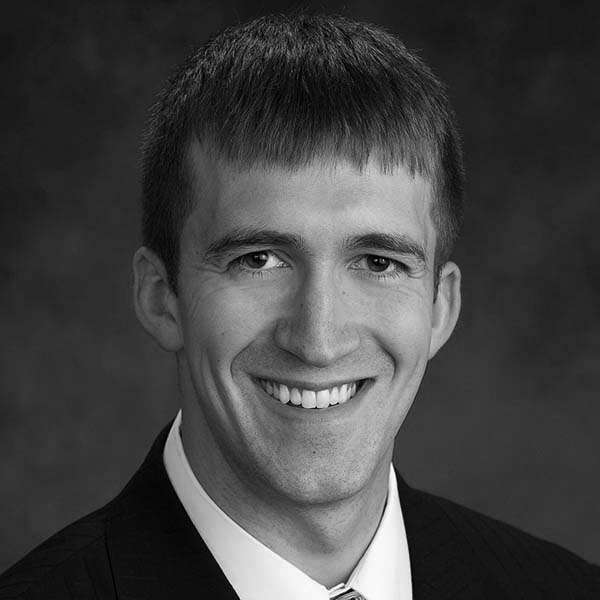What I remember most is the silence.
She was 19 years old, just starting her first semester of college. She had been transferred to our level 1 trauma center, intubated and in a medically induced coma. I was a third-year medical student, being introduced to the realities of medicine. Our team was clustered around her in the procedure room adjacent to the ICU while my senior resident inserted the central line we would use to quickly administer large volumes of medicine and fluids.
ICUs can be busy, noisy places. This ICU was a large open room, with rows of beds surrounded by all the equipment needed to care for critically ill and injured patients. The sounds of machines whirring and beeping, of doctors and nurses and all the support staff, accompanied us in that little windowless procedure room.
The neurosurgery team solemnly filed through the door, eyes grim. They’d reviewed her CT scan. The pressure of the blood accumulating inside her skull had forced the base of her brain downward, into the space usually occupied only by the top of the spinal cord. We stared at each other in silence. We’d already lost the battle.
During the next few days, I watched her 20-year-old sister support their parents as we walked through the process of declaring brain death and deciding on organ donation. Other than the silence, the sister’s grief, and her courage, are my most potent memories.
Over the years, I’ve seen many lives irrevocably altered by brain injuries. Children thrown from their bicycles. Soldiers caught in blasts. Women battered by their partners. Seniors who slip and fall. Some patients fight to regain skills that were once effortless. Some succumb to their injuries or the consequences. The lucky ones sometimes don’t even realize how close they came to having their lives upended.
Our ability to help has improved significantly in the nearly 30 years since I stood at that young woman’s bedside. People survive injuries that would have previously been fatal. People recover enough to rejoin the community, instead of finishing their days in nursing homes. Nevertheless, too many still die, over 50,000 Americans every year. Nevertheless, survivors spend months relearning basic skills with the help of skilled therapists. Nevertheless, millions live with varying degrees of disability, despite aggressive rehabilitation.
As with so many things, the best treatment is prevention. Buckle your children into their car seats. Use your seatbelt. Wear your helmet. Keep the guns locked up. Learn how to reduce the risk of falls, especially for the young, and the old. It’s much better to protect that fragile brain, than to try to put it back to rights.
Debra Johnston, M.D. is part of The Prairie Doc® team of physicians and currently practices family medicine in Brookings, South Dakota. Follow The Prairie Doc® at www.prairiedoc.org and on Facebook featuring On Call with the Prairie Doc® a medical Q&A show celebrating its twentieth season of truthful, tested, and timely medical information, streaming live on Facebook most Thursdays at 7 p.m. central.





